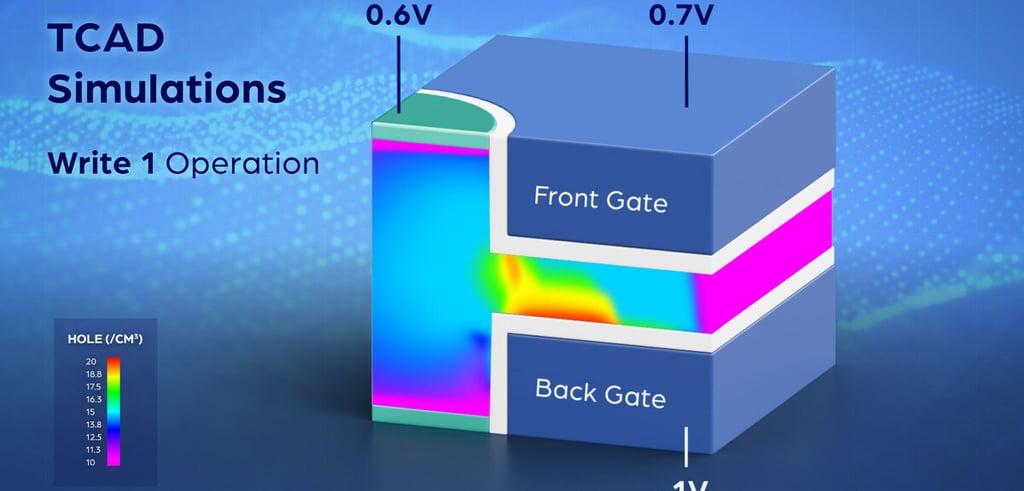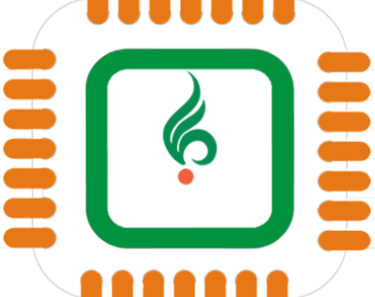Silvaco’s TCAD Unlocks 3D Silicon Innovation
Discover how Silvaco’s advanced TCAD tools are transforming semiconductor development through 3D simulation, accelerating time-to-market and enabling Fab Technology Co-Optimization (FTCO).
6/9/20253 min read


TCAD for 3D Silicon Simulation: How Silvaco is Powering the Future of Semiconductor Innovation
In today’s race for smaller, faster, and more efficient semiconductors, foundries face immense pressure to deliver advanced process nodes while keeping costs and risks low. One of the most powerful ways fabs are meeting these demands is through 3D silicon simulation, enabled by TCAD (Technology Computer-Aided Design) tools.
To explore how this is shaping the industry, I recently attended an insightful webinar by Silvaco, led by Mao Li, who presented over 50 slides in just under 45 minutes. It was fast-paced, yet packed with technical depth, showing just how central TCAD has become in the semiconductor R&D pipeline.
The Shift from Trial-and-Error to Simulation-Driven Innovation
Historically, semiconductor development heavily relied on expensive silicon runs and trial-and-error methods to validate new nodes. However, with the increasing complexity of modern devices—from planar transistors to FinFETs, Gate-All-Around (GAA), and CFETs—that approach is no longer sustainable.
Silvaco’s TCAD suite provides a cost-effective alternative, enabling fabs to simulate every stage of the process and device behavior in 2D and 3D environments. This includes critical steps such as:
Etching and deposition
Doping and ion implantation
Thermal diffusion and stress analysis
Electrical performance prediction of NFET and PFET devices
Using Victory Process, engineers can model transistor fabrication at the structural level, while Victory Device simulates how those devices will perform electrically.
From Single Transistors to Circuit-Level Accuracy
One of the most compelling aspects of Silvaco’s platform is how it scales. Beyond simulating individual devices, engineers can also model entire standard cells in 3D, extract parasitics using Victory RCx, and integrate results into SPICE-level simulations. This comprehensive flow enables Design-Technology Co-Optimization (DTCO), ensuring that design goals and manufacturing processes are aligned from the start.
This approach isn’t limited to logic devices. The webinar also showcased how Silvaco supports:
DRAM evolution, including 3D saddle-fin shapes and compact cell arrays
3D NAND integration using both explicit meshing and level-set techniques
RF-SOI technology for high-frequency applications like 5G, radar, and satellite communications
LDMOS power devices, modeled using both 2D and 3D techniques for high-voltage environments
Fab Technology Co-Optimization (FTCO): A New Industry Paradigm
What stood out most was Silvaco’s clear commitment to Fab Technology Co-Optimization (FTCO). This concept moves beyond DTCO by bringing together simulation, process development, and device modeling under one integrated umbrella. It even incorporates AI and machine learning for advanced process optimization.
A case study shared during the webinar focused on FinFET device performance, where engineers used Victory DoE and Victory Analytics to optimize input parameters based on desired output metrics. Through Monte Carlo simulations, they were able to conduct margin analysis and Cp/Cpk evaluations, enabling faster and more confident design decisions.
Pushing the Boundaries with Continuous Innovation
Silvaco continues to enhance its simulation tools with new capabilities, including:
Support for silicon lattice orientation
Advanced quantization and mobility models
Speed improvements in simulation runtime
Enhanced diffusion models calibrated across doping types, temperature ranges, and annealing conditions
These innovations ensure that fabs can accurately simulate the physics of modern semiconductor devices, especially in complex 3D structures like FinFETs and GAA.
The Future of Semiconductor Design is Digital-First
Instead of relying on physical wafer runs, leading fabs are now using AI-driven Digital Twins, simulating thousands of design scenarios in virtual environments to save time, reduce cost, and improve yield predictability. This shift is not just theoretical—FTCO is already happening across the globe, and Silvaco is playing a key role in making it accessible to both large and emerging semiconductor companies.
Final Thoughts
The Silvaco webinar provided a powerful reminder that TCAD tools are no longer optional—they're foundational. From accelerating time-to-market to ensuring design reliability and process efficiency, 3D silicon simulation is driving the next wave of innovation in the semiconductor industry.
As device geometries shrink and complexity grows, those who invest in robust simulation frameworks like Silvaco’s Victory Suite will have the edge in a competitive, ever-evolving market.
Source - Semiwiki
QUICK LINKS
NEIL RAO TOWERS, 117 & 118, Rd Number 3, Vijayanagar, EPIP Zone, Whitefield, Bengaluru, Karnataka 560066
200/2, Tada Kandriga, Tada Mandalam, Tirupati District - 524401
Locations

